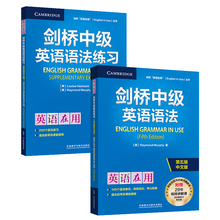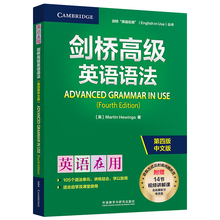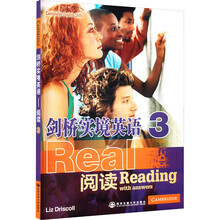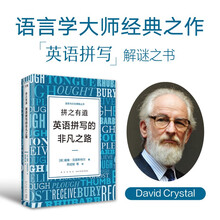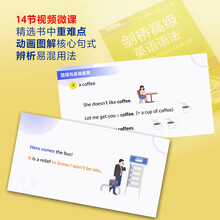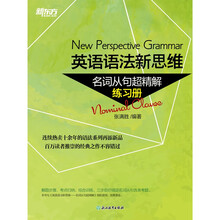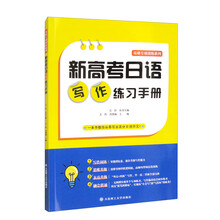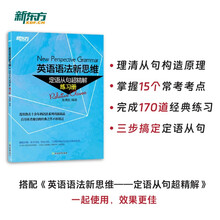We must admit that both in China and abroad, there are re-searchers (Snell-Hornby 1988/2001:22; Hermans 1999/2004: 96-98; Lu1998; Han 1999; Liu 2000) who tend to disagree with or even reject orignore the term "equivalence". But if they make a careful exanunationof the first and second senses of the word, they will agree that theyhave made some useless efforts when critiazing. That is, in translationstudies, "equivalence" is not used in its mathematical sense as in"equivalent equation", in which the terms on the left of the equal signcan be exchanged with those on the right, for example, the equation 1+1=2 is the same as the equation 2=1+1. In still other words, backtranslation36 in most cases will end in failure, espeaally in translationbetween two languages from two separate language families, for ex-ample, between Chinese and English. In translation studies, weshould regard equivalence not as a mathematical equation but as anequivalent effect. As discussed above, equivalent effect should beachieved under the four parameters of construal equivalence.
Looking back on the historical development of translation theo-ries, we can see that equivalence, which is also termed loyalty or fidel~ity or faithfulness, has never faded out of the sight of translation theo-rists. Nord has made some remarks on loyalty as follows:
The translator is committed bilaterally to the source and thetarget situations and is responsible to both the ST reader (or the ini-tiator, if he is the one who takes the sender's part) and the TT recip-ient. This responsibility is what I call loyalty.
……
展开

